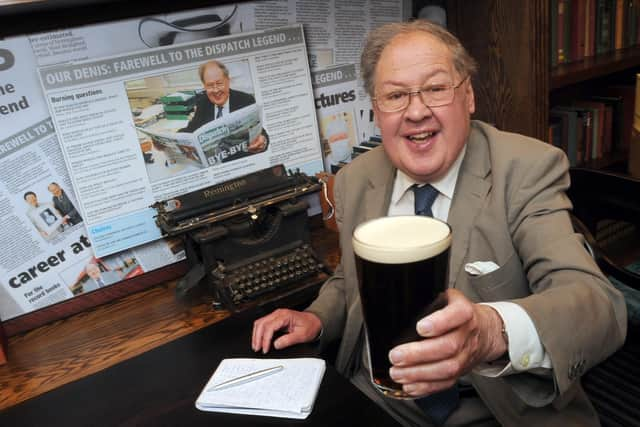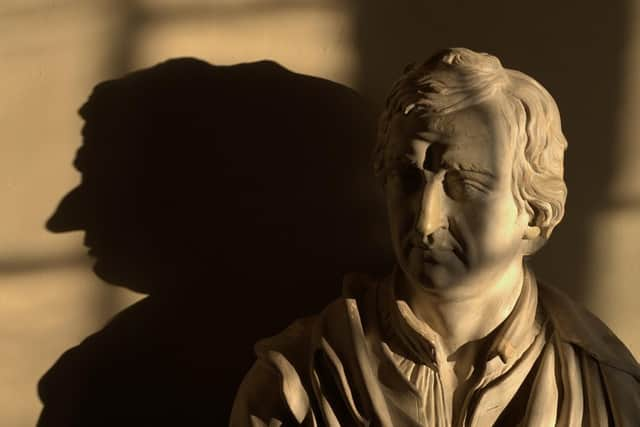Denis Robinson Column: Lord Byron has always played a major part in my life
and live on Freeview channel 276
It could hardly have been otherwise because the world-famous poet is buried in the church a very short distance from the former Dispatch Office on Hucknall's Yorke Street, where I worked for nearly six decades.
Also, Henry Morley, legendary founder of the Dispatch, who was still active in his 90s when I joined the paper in 1953, was an ardent fan of Byron's poetry.
Advertisement
Hide AdAdvertisement
Hide AdOver the years, I interviewed people who came from many parts of the world to pay homage to Byron at St Mary Magdalene Church and the poet's ancestral home, Newstead Abbey.


It was in July 1823 when Byron joined the Greek war of independence from Ottoman rule. He fell in love with the country and its culture, and he supported its struggle for nationhood by paying for uniforms, equipment and upkeep of its soldiers.
But after months of declining health, Byron caught a fever and died on April 19, 1824, prompting outpourings of grief both in Britain and Greece.
It was decided to bring the poet's body to England but, owing to the scandalous side of his life, the authorities at Westminster Abbey would not allow his funeral to take place there.
Advertisement
Hide AdAdvertisement
Hide AdInstead, arrangements were made for his interment in the family vault at Hucknall Torkard Church.


An account of the funeral procession from Nottingham is given by a former vicar at the church, Canon Thomas Gerrard Barber, in his book, 'Byron And Where He Is Buried'.
This states that the procession was a quarter of a mile long and the hearse was drawn by six beautiful black horses.
"The procession route was along the Mansfield Road as far as Seven Mile House, where it turned left and continued through Papplewick and Linby," Canon Barber wrote.
Advertisement
Hide AdAdvertisement
Hide Ad"There were crowds of people when the funeral party arrived at the church, which was filled to overflowing for the deeply moving service, and Byron's faithful servant, Fletcher, broke down completely."
I cannot help thinking that Byron would not have minded this relatively low-key send-off.
In a poem he wrote to mark his 36th birthday, three months before his death, he stated that he would be content with a self-chosen soldier's grave.